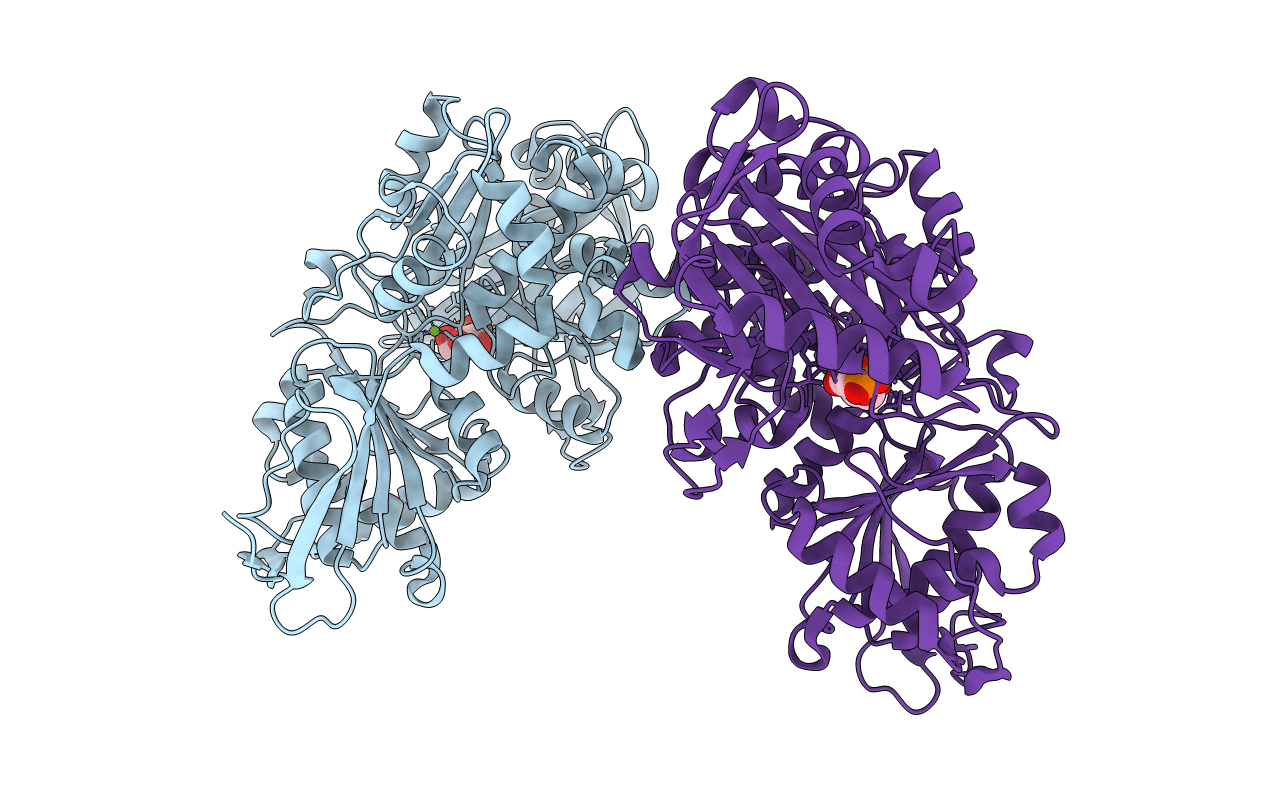
Deposition Date
2019-10-01
Release Date
2020-08-12
Last Version Date
2023-10-11
Entry Detail
PDB ID:
6UIQ
Keywords:
Title:
Crystal structure of wild-type human phosphoglucomutase 1 in complex with Glucose-6-Phosphate
Biological Source:
Source Organism:
Homo sapiens (Taxon ID: 9606)
Host Organism:
Method Details:
Experimental Method:
Resolution:
2.30 Å
R-Value Free:
0.22
R-Value Work:
0.16
R-Value Observed:
0.17
Space Group:
P 41 21 2


